6 Reasons Why Western Australia Excels at Self-Drive Tourism
Gary Bowerman reflects how ‘WA’ – self-titled as ‘Home of the Road Trip’ – maximises the high-yield benefits of self-drive tourism.
However long you spend driving in ‘WA’, it’s never enough. My wife and I just enjoyed a 2,000-kilometre road-trip around Australia’s southwest corner. The picturesque route between Perth, Wave Rock, Esperance, Albany and Denmark is superbly signposted and serviced. The state authorities match pretty much every need of drivers and passengers.
At this time of year (Aussie winter), the long, straight roads are fairly empty, especially on weekdays. The spectacular beauty of the southern coastal nature reserves is mostly yours to enjoy without anyone else in camera-shot.
Travelling through Australia’s Southern Wheat Belt connects you with remarkable rock formations and hill ranges, sculpted white-sand bays with crystalline breaking waves and plenty of this continental land’s indigenous wildlife and bird species. At journey’s end, the coastal towns offer excellent accommodations, supermarkets, dining and cultural stimulation.
This is a beautiful part of the world made even more enjoyable by the all-in Aussie approach to helping self-drive travellers make their own memories at their own pace.
Self-drive tourism doesn’t require glossy campaigns. But as Australia demonstrates, it does need investment in the services that enable visitors to experience unique cultures and landscapes on their own terms – and enhance the yield opportunities for local communities.
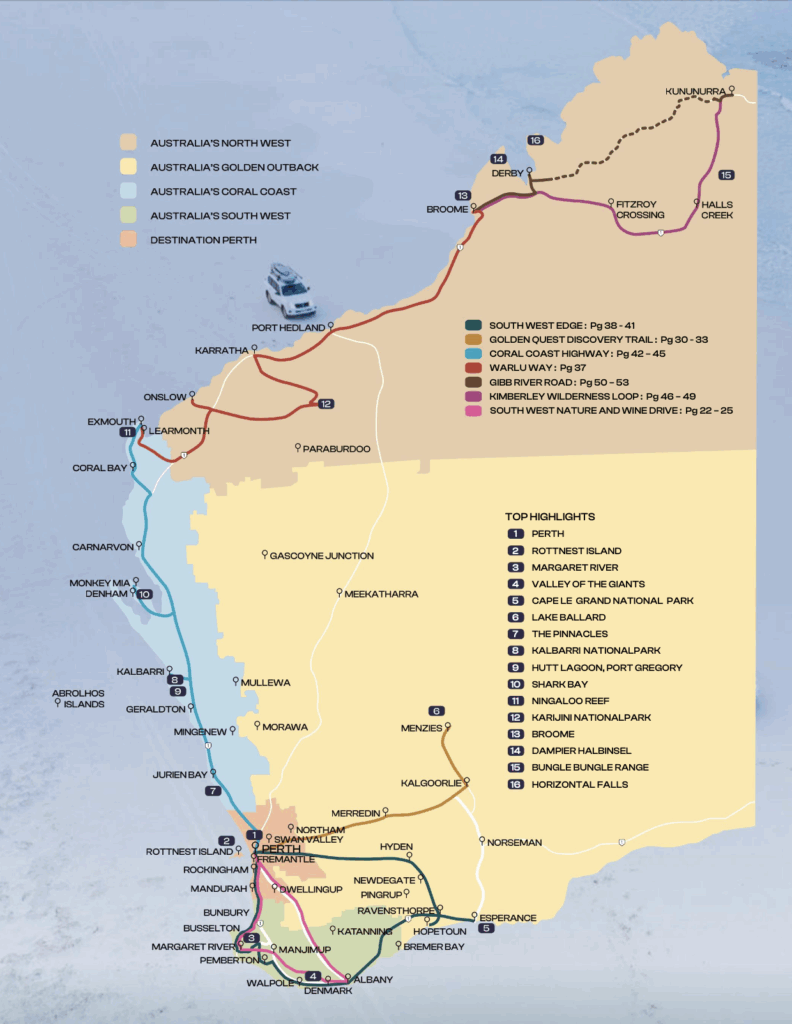
Here are 6 factors that embellished our trip:
1) In the Game
You need to be on the pitch to play the match. Frustratingly, few destinations promote self-drive tourism. Reasons vary, from sketchy road infrastructure to regulatory issues. Many tourism boards don’t see the long-term yield and divert resources elsewhere.
Australia is different. Driving long distances is embedded in the national psyche. Its tourism planners know that the most inspiring ways to unveil this vast, beautiful and diverse land are by road…. And they want you to know it.
This is because road-trip tourists drive higher yield. They are intrinsically curious, and given to explore. They diversify their spend (car rental, accommodations, F&B) across extended parts of a country or region. They shop in local grocery stores, eat in independently owned cafes and restaurants, pay to enter national parks and attractions – and they respect the intrinsic natural beauty and cultural heritage of the places they visit.
Road-trip travellers also share their in-destination experiences and trip-making advice with like-minded travellers – and the return rate tends to be high. Crucially, self-drive tourists actively engage with remote communities and economies between primary destinations. This is especially true in Western Australia, where you often drive 150 kilometres before the next small town offering food, fuel and rest-stop services.
2) Customized Road-Trip Routes
To maximise their limited time in each place, road-trippers carefully plan each day’s itinerary. Forget error-prone AI tools, they need reliable maps and real-time information they can trust. As a starting point, Western Australia (the nation’s largest state, with its most extensive road network) backs up its clam to be Home of the Road Trip with 30 suggested road-trip routes.
These provide travellers with detailed insights to customize their own journey. Easy-to-use road network maps and interactive route-planners are invaluable – highlighting the key features for each journey plan, such as rest stops and roadhouses along the way.
3) Domestic Tourism Dimension
“Nothing beats the freedom of having your own set of wheels, especially here in Australia, where road tripping is a way of life,” says Tourism Australia.
Hitting the road to explore by car, campervan or with a caravan is a prized national pastime. In 2024, Australians took 15.2 million caravan and camping trips, spending AUD14 billion – well above pre-covid levels. Hence, you’ll see plenty of cars towing caravans as you head around the hinterlands.
Australians comprise the majority of road buddies you’ll meet on route, especially during autumn and winter (March-August) when inbound visitors are fewer. This is a vital factor. Not only are Aussies approachable and friendly, and great sources of local information and assistance if needed – they are exacting travellers. The nation’s road-tourism infrastructure has been built for them to meet their extremely high standards. This provides significant knock-in benefits that international tourists can tap into.
4) Enhancing (Long) Journeys
Australians understand that self-drive travel is as much about the journey as the destination. Regional infrastructure is carefully planned and developed to help you get you where you want to go in comfort and safety – and with a few treats to enjoy along the way.
Road trips in WA can be long, and regular stops are needed to stay refreshed. Expect the unexpected: a coffee roaster in a reconditioned woolshed, a museum in an industrial warehouse, or a craft beer brewery by a national park entrance. Even single-track roads through small agricultural villages have cafes with home-baked pastries and – given Australia has the best coffee culture in the world – barista-quality long blacks and flat whites.
The welcome is friendly. Café staff and fellow travellers will ask where you’ve come from and are heading to, and how you are enjoying the trip. This convivial and inclusive culture makes self-drive tourists feel part of the local scene even when passing through briefly.
5) Open-Access Landscapes
Self-drive trippers in WA usually take a few days to explore the spectacular coastal region between the towns of Albany and Esperance. All along the coastline, well-managed hiking and cycling trails, coastal boardwalks, observation platforms and roadside lookouts enable travellers to enjoy the fabulous views unhindered by concrete towers, resorts or walls. Without wheels, most of these sublime landscapes and views would be inaccessible.
A fine example is Wireless Hill lookout point, which offers 360-degree views over the town of Esperance and its numerous beaches stretching both east and west. The views are extraordinary. From here, colour-coded trails wind around the headland and through wild vegetation to Lovers’ Cove and West Beach. These looped paths take from 20 minutes to one hour and are clearly marked with the different gradients for walkers of different abilities. We encountered just four other car-hire trippers during our hike.
6) Fair Pricing, Exemplary Experiences
“Wilderness, wildflowers, walking and whale watching.” Tourism taglines don’t come much cooler than that. Exploring WA’s natural diversity is a primary motivation for driving these parts. Fortunately, much of the coastline is protected national parkland. These wild, bio-diverse expanses are where the outback, forests, river valleys, granite cliffs, sandbars and horseshoe-shaped coves converge. It is Australia at its most geographically compelling.
Our favourite, was Cape Le Grand, which affords access to the dramatic white-sand Lucky Bay and Hellfire Bay (kangaroo spotting in early morning and late afternoon), and the beret-shaped summit of Frenchman’s Peak. We spent several hours touring from beach to beach along vacant roads through this brilliantly master-planned park – and it cost us just AUD17 (per car, extra for campers).
Australia is often considered an expensive destination, but the yield it derives from investing to preserve its serene natural landscapes while maintaining world-class road networks and beautiful national parks is a case study worth experiencing – more than once.
While each trip is too short, it creates many new reasons to return and explore further. This was our second driving vacation in WA, and we are already planning a third.
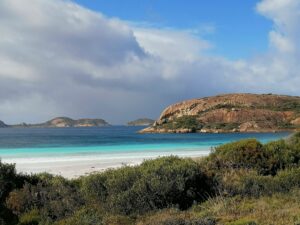
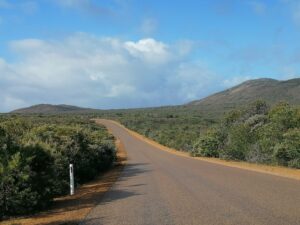
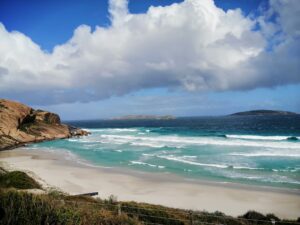
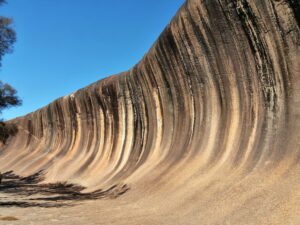

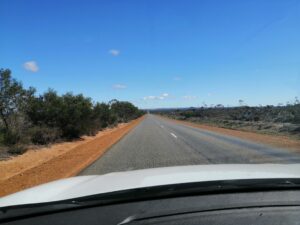
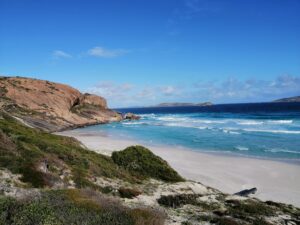
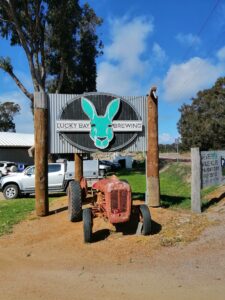
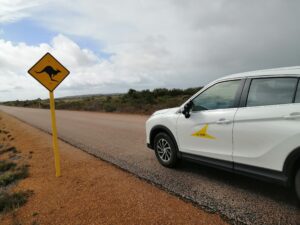
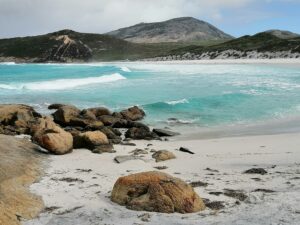
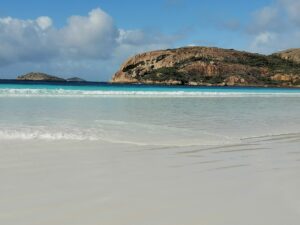
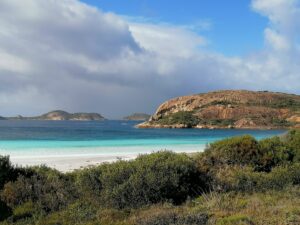
References
- Tourism Australia - How to hire a car, campervan or 4WD in Australia
- Tourism Western Australia - Western Australia's Road Trips Guide
- Government of Western Australia - Main Road Travel Map
- Tourism Australia - Road trips and self-drive journeys
- Australian Trade and Investment Commission - Caravan and Camping Data
- Williams Woolshed
- Western Australian Travel - The Spectacular Albany to Esperance Road Trip Guide
- Tourism Western Australia - Rotary Lookout
- Government of Western Australia - Australia's South West
- Government of Western Australia - Cape Le Grand National Park
Photos by Gary Bowerman
more insights

The AI Divide in Tourism: How Big Data Is Leaving Small Operators Behind
The AI Divide in Tourism: How Big Data Is Leaving Small Operators Behind Artificial intelligence (AI) and big data are transforming the tourism industry. From

Introducing The Strength-based Strategy Framework To Drive High-Yield Tourism
Introducing The Strength-based Strategy Framework To Drive High-Yield Tourism How an Adapted Business Model Is Revolutionizing Destination Planning: From Volume to Value soar /sɔː/verb: achieving

Beyond Boom and Bust: Rethinking Tourism Policy for Sustainable Growth
Beyond Boom and Bust: Rethinking Tourism Policy for Sustainable Growth Tourism is often hailed as a key driver of economic growth, cultural exchange, and local
High-Yield Tourism
68 Circular Road #02-01
Singapore 049422
Email: hello@highyieldtourism.com
Sign-up to receive updates about High-Yield Tourism, industry news, and reports.
